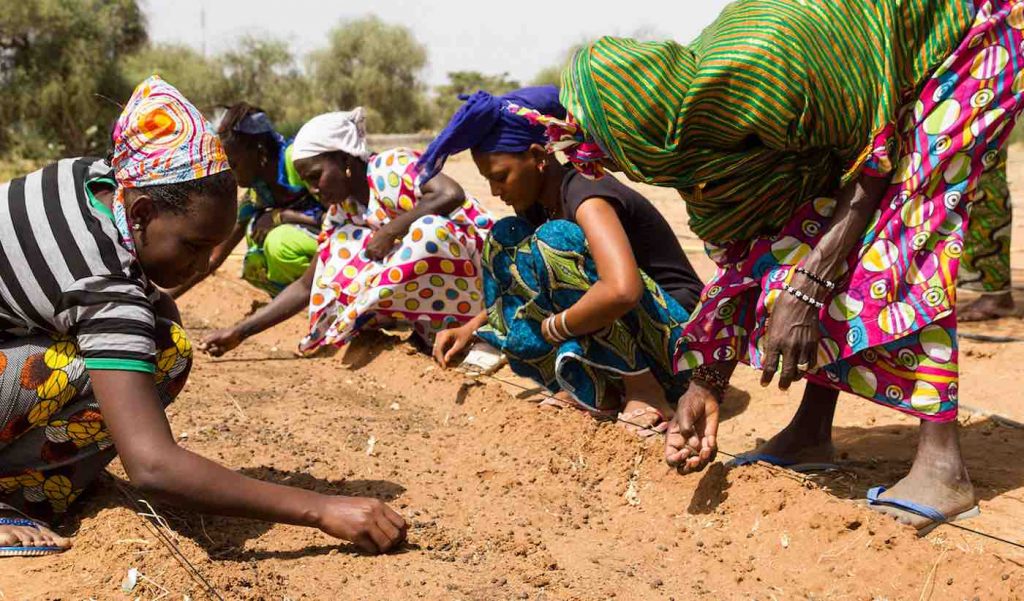I started taking about this when i first started this blog in 2007. It was obvious and was also truly the low hanging fruit. Others had also been beating the drum for years before.
Governments woke up to the fact that this was something they could really do entirely with the resources to hand. That is people and tree seedlings. Better yet it naturally organizes the local communities as well and all can see the value.
Incresing fertility and ground water will completely reinforce the sustainability of this new lifeway.
Better yet, the wall as practice will certainly expand southward and also northward to slowly start the task of fully reclaiming the whole Sahara. Once hydrology improves to the North you will see Oasis spring up and the tree planters will quickly follow.
We are now at an amazing 15% of need which informs us that we will have it done in about ten more years. After that opportunistic expansion will follow. Every one needs more farm land. .
Dozens of Countries Have Been Working to Plant ‘Great Green Wall’ – and It’s Holding Back Poverty
By
McKinley Corbley
-
Mar 31, 2019
https://www.goodnewsnetwork.org/dozens-of-countries-have-been-working-to-plant-great-green-wall-and-its-producing-results/
More than 20 African countries have joined together in an international mission to plant a massive wall of trees running across the continent – and after a little over a decade of work, it has reaped great success.
The tree-planting project, which has been dubbed The Great Green Wall of Africa, stretches across roughly 6,000 miles (8,000 kilometers) of terrain at the southern edge of the Sahara desert, a region known as the Sahel.
The region was once a lush oasis of greenery and foliage back in the 1970s, but the combined forces of population growth, unsustainable land management, and climate change turned the area into a barren and degraded swath of land.
After decades of political collaboration, the Great Green Wall project was finally launched by 11 countries in 2007.
The initiative has since recruited at least nine additional countries to plant drought-resistant acacia trees across the entire width of the continent. Though the wall is currently only about 15% percent complete, it has already dramatically impacted the participating countries.
Over 12 million acres (5 million hectares) of degraded land has been restored in Nigeria; roughly 30 million acres of drought-resistant trees have been planted across Senegal; and a whopping 37 million acres of land has been restored in Ethiopia – just to name a few of the states involved.
Byproducts of the restored landscape include many groundwater wells refilled with drinking water, rural towns with additional food supplies, and new sources of work and income for villagers, thanks to the need for tree maintenance.

Photos from GreatGreenWall.org Continuing the wall’s development is currently being backed by a host of international governments and conservation groups from around the world – and once the wall is completed, it will the largest living structure on the planet, three times the size of the Great Barrier Reef.
“There are many world wonders, but the Great Green Wall will be unique and everyone can be a part of its history,” said Dr. Dlamini Zuma, chairperson of the African Union Commission. “Together, we can change the future of African communities in the Sahel.”

No comments:
Post a Comment